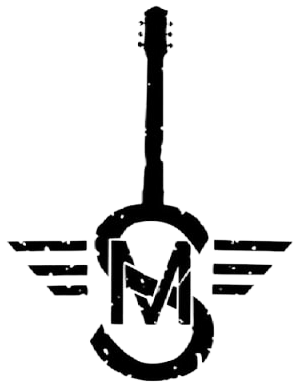What is a social protest in art?
What is Protest Art? Protest art is used by activists and social movements to bring awareness of injustices. Protest art consists of ephemera that ranges from posters, signs, banners and other printed materials. It can also include performance, site-specific installations, graffiti and street art.
What are some famous examples of protest art?
A Short History of American Protest Art
- John Trumball, Surrender of Lord Cornwallis, 1826.
- Emory Douglas, Illustration, The Black Panther, 1969.
- Martha Rosler, Cleaning the Drapes, 1967-72.
- Keith Haring, Ignorance = Fear / Silence = Death, 1989.
- Judy Chicago, The Dinner Party, 1979.
What is social activism art?
Activist art is a term used to describe art that is grounded in the act of ‘doing’ and addresses political or social issues.
What role does art have in protesting social issues?
While some artists may intentionally create works that respond to political circumstances, others may do so by default. Protesting policy, war, or social norms, artists challenge the status quo and give voice to a movement.
What are the three main types of activism in art?
There are endless ways that art is used to both reflect and impact current events and it seems that there are three main types of activism in art.
- The art of people in protest. Homemade protest signs/banners.
- Artists in protest. The posters of a movement or group.
- “Fine arts” reflections on the times.
How is art used in activism?
Artistic activism, as an art form, is forever doing things and creating reactions that are unintended — what we might call an “abundance of æffect.” Rather than seeing these unintended consequences as a detriment to be ignored or controlled, the creative process of artistic activism encourages us to notice, reflect.
How art is a form of protest?
All art is a form of protest. Artists find the urgency to make art by identifying something in the world that doesn’t yet exist, filling that fissure with images, actions or matter, and then sharing that vision with others.
Why is art used in protests?
Protest art acts as an important tool to form social consciousness, create networks, operate accessibly, and be cost-effective. Social movements produce such works as the signs, banners, posters, and other printed materials used to convey a particular cause or message.
How art is used in protests?
Why is art important in social movements?
These functions are to: encourage social change; empower and deepen commitment; inform larger society about social issues, harmonize social activists within the movement; inform internally to express or reinforce values and ideas; inform externally as a more effective way to communicate movement ideals to people …
How important is art as a form of protest?
Why art is important in activism?
Art and activism are both built on exposing the truth. Art in particular has the ability to convey powerful messages across the linguistic and cultural barriers that so often divide us. Tapping into emotion, Aaron says, is central to achieving this. “Regardless of what language they speak, people can feel the emotion.
Why is art a good form of protest?
Protest art helps arouse base emotions in their audiences, and in return may increase the climate of tension and create new opportunities to dissent.
Why is protest art so important?
Why is art activism important?
6: Artistic Activism Stimulates a Culture of Creativity
Creativity is essential to good organizing. It enables activists to imagine new tactics, strategies and goals to keep campaigns fresh and make them more effective.
What is the connection between artwork and activism?
Art has social relevance and is effective as a means of activism. Current social and environmental crises make art-based activism especially relevant today. There are problems with prevailing views on art, which prevent many artists from seeing themselves as agents of change.
How does art connect to activism?
“Artwork offers a visual language that doesn’t know any borders.” Art and activism are both built on exposing the truth. Art in particular has the ability to convey powerful messages across the linguistic and cultural barriers that so often divide us. Tapping into emotion, Aaron says, is central to achieving this.
How can art be an activist?
Artistic Activism is a dynamic practice combining the creative power of the arts to move us emotionally with the strategic planning of activism necessary to bring about social change. Art and activism do different work in the world.
